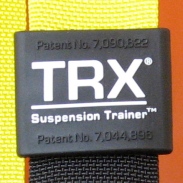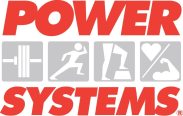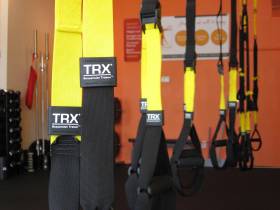If you are completely satisfied with your cycling performance, you don’t need to read this article.
But if you find yourself doing the same thing over and over again expecting different results — Einstein’s definition of insanity, by the way — then maybe it’s time to try something different.
The Winter Pledge
Every winter and spring, so many cyclists I know, including myself, make some type of pledge to make the upcoming summer more epic than ever before. Ride faster, farther, more often, do a multi-day tour . . . whatever it is – we’ve all done it. Maybe this is your year to do the Double Triple Bypass? Outstanding.
But what have we done about it? Often, what I hear from cyclists is they intend to get in more “base miles,” commit to additional mid-week rides, or take so-and-so’s indoor cycling classes because they are SO amazing. Some will set up the trainer in front of the TV and watch Sufferfest videos or Breaking Away and American Flyers over and over. Maybe watching re-runs of Phil and Paul inspires you?
Getting in extra time on the bike is never a bad thing. Unless extra time on the bike isn’t actually helping you get better.
Ride Less
Here is why I think you should spend more time off the bike in the winter months and more time in the gym. You spend a significant amount of money on a stiff bike frame and stiff cycling shoes; you spend a significant amount of time keeping your bike tuned, tires inflated properly, chain clean and lubed, shifters shifting, brakes braking, etc . . . why wouldn’t you put as much time and effort into your body? It’s the motor that makes your bike go, after all. Here’s my point: a stiff and strong core will get you more performance gains than you will get spending $250, $500, $1000 or even $2000 in new bikes and/or accessories.
As coaches, to affect the greatest change in our clients in the shortest amount of time possible, my team and I work to turn weaknesses into strengths and then strengths into super-human powers. We do this by focusing attention on the areas where we can make the most significant gains with the least amount of effort. The time we have for training is limited, so we pick the low hanging fruit.
Got Hip?
After we address body weight and composition, we have found that improving core strength, stability and posture get us the greatest gains. Regardless of how strong the cyclist’s legs may be, they can only put as much power into the pedals as they have support from the hips up.
If your body is weak from the hips to the shoulders, you’re losing energy. It’s like you’re trying to accelerate to quickly in your car on an icy street – you spin out. On a bike, your base of support is your core. If it’s weak, you are weak. And slow.
But what constitutes a strong core and how do we get it that way? Core strength isn’t about being able to hold a plank for a few minutes or doing 100 crunches. Instead, core strength is the ability to dynamically stabilize the torso so it remains rock-solid while the extremities do the job we’ve trained them to do. To use the vernacular, it’s proximal stability for distal mobility.
While the cyclist pedals, the legs alternately push forcefully into the pedals from the hips while the rest of the body (from hips all the way through the hands) keep the bike from falling to the ground. Depending on the effort, some cyclists might even rock the bike side to side to amplify the effort of the pedal stroke.
Rock Solid Core
To get this rock-solid base of support, we’ll train you to use movements that require significant engagement of the core. Until the core is strong, the movements will appear sloppy or, in some cases, can’t happen at all. For example, a single arm dumb bell chest press on a bench with feet held up in the air: if you don’t actively engage the anti-rotational core musculature, you’ll fall off the bench. Single arm and single leg exercises of all types that move in multiple planes of motion – front to back, up and down, side to side, rotationally and anti-rotationally– are some of our favorite exercises.
As your movement quality improves, we increase the resistance to build greater strength and then we add controlled speed to improve power. Again, remember that no additional power can be applied to the pedals than the body has the ability to support. So, leg strength, power and endurance are paired always with upper body strength, stability and endurance.
To learn more, contact Vitruvian Fitness and ask about our cycling performance training. We have multiple levels of training to meet your needs, time and budget.




